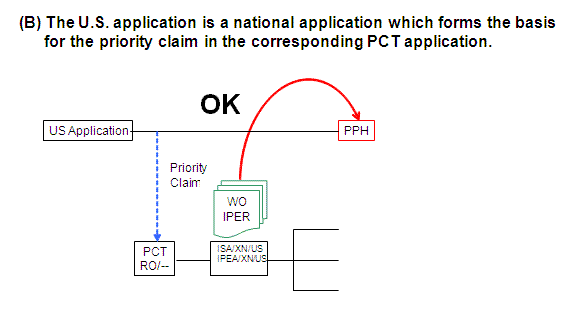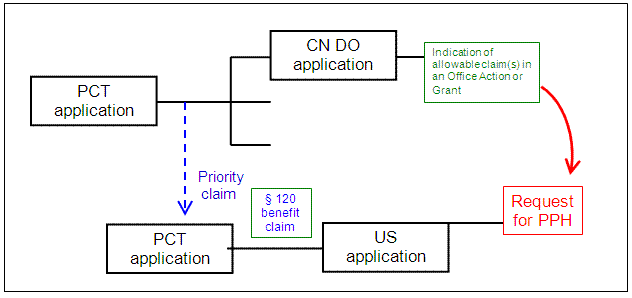
Golnar Ahmadi and Hamid Abdollahi (Faculty of Chemistry, Institute for Advanced Studies in Basic Sciences, Zanjan, Iran)Ĭhapter 5 – Chemometric Background Correction in Liquid Chromatography (pp. 33-56)Ĭostel Sârbu (Faculty of Chemistry and Chemical Engineering, Babeº-Bolyai University, Romania)Ĭhapter 4 – Accuracy in Self Modeling Curve Resolution Methods (pp. Kurt Varmuza and Peter Filzmoser (Vienna University of Technology, Department of Statistics and Probability Theory, Austria)Ĭhapter 3 – Fuzzy Clustering of Environmental Data (pp. Károly Héberger (Research Centre for Natural Sciences, Hungarian Academy of Sciences, Hungary)Ĭhapter 2 – Repeated Double Cross Validation (rdCV) – A Strategy for Optimizing Empirical Multivariate Models, and for Comparing Their Prediction Performances (pp.
#Venture forthe pca application how to
(Imprint: Nova) BindingĬhapter 1 – How to Determine the Adequateness of Multiple Linear Regression and QSAR Models? (pp. Finally, I would like to express my sincere gratitude to all the colleagues who accepted my invitation and also to my friends and co-workers in the SPECHEMO research group. A wide range of distinguished researches from all around the world have prepared their contribution in the frame of Current Applications of Chemometrics and on behalf of all colleagues who have collaborated in this edited collection, I hope it would be interesting and useful for academic and industrial researches. It has been tried to organize the project, considering the interest of chemometrics researchers for both method evaluation and technical applications. multivariate calibrations, pattern recognitions, curve resolution, etc.

This edited collection would try to review current applications of chemometrics for different aims e.g. Thus in all my research activities, everywhere possible, chemical data has been processed by chemometric approaches, especially while the spectrometric analytical procedure were conducted. My research interest since 2 decades ago was to connect the bench scale applications of chemometric methodologies to industrial level, in order to introduce its superb benefits and capabilities to be generalized. It is an application driven discipline, and thus while the standard chemometric methodologies are very widely used industrially, academic groups are dedicated to the continued development of chemometric theory, method and application development. Initiated by analysts, now the discipline is widened by other chemistry discipline researches and even those from medical and biological areas.Ĭhemometric techniques are particularly heavily used in analytical chemistry and metabolomics, and the theoretical development of chemometric methods of analysis also continues to advance the state of the art in analytical instrumentation and methodology improvements. It is defined as a highly interfacial discipline, which employs multivariate statistics, applied mathematics, and computer science via using methods frequently employed in core data-analytic, in order to address problems in chemistry, biochemistry, medicine, biology and chemical engineering. Known as a scientific domain in which the scientist would try to extract information from chemical systems by data-driven means, Chemometrics is a fast spreading field, being applied to solve both descriptive and predictive problems in experimental life sciences, especially in chemistry. Series: Chemistry Research and Applications


Chemistry Department, Faculty of Science, IKIU, Qazvin, Iran


 0 kommentar(er)
0 kommentar(er)
